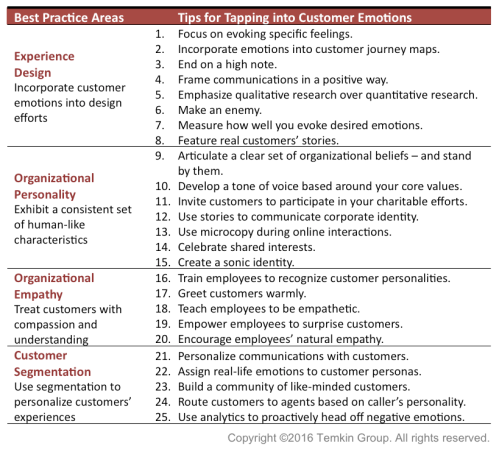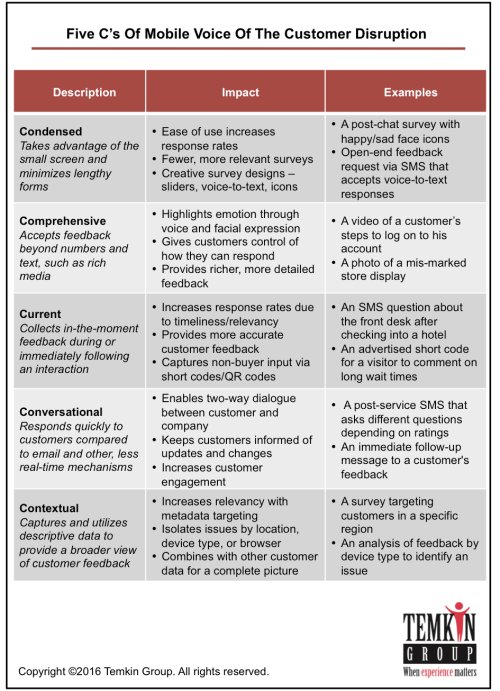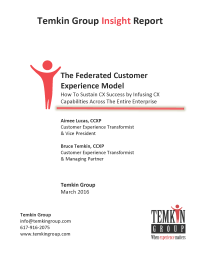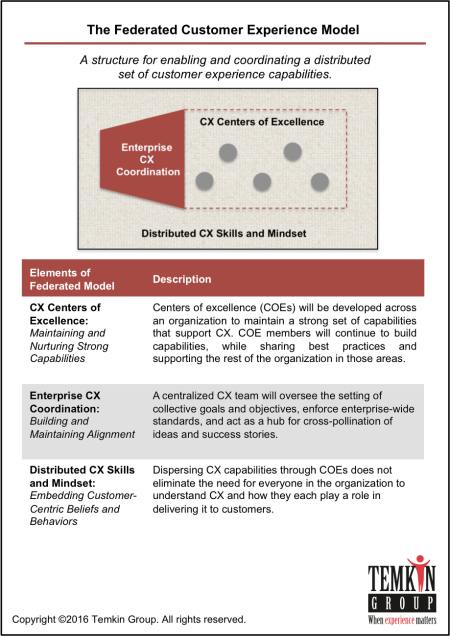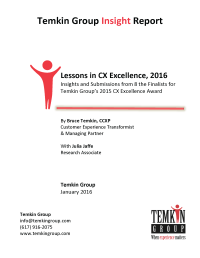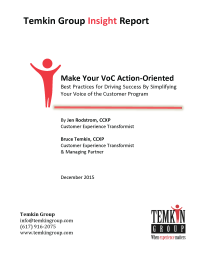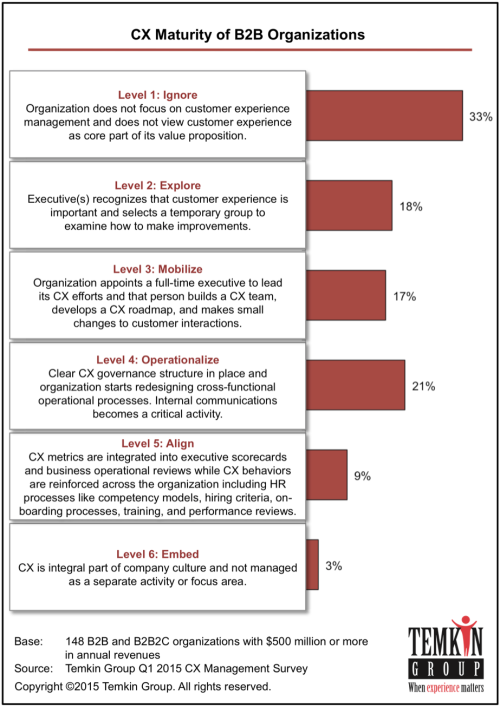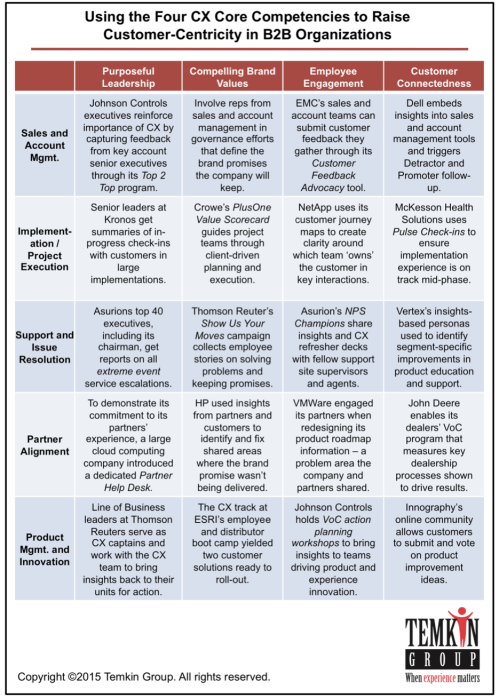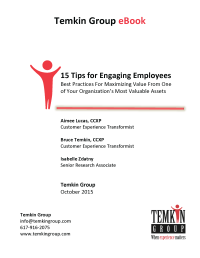Report: The Shift To Customer Journey Insights
May 15, 2017 Leave a comment
 We just published a Temkin Group report, The Shift To Customer Journey Insights. Here’s the executive summary:
We just published a Temkin Group report, The Shift To Customer Journey Insights. Here’s the executive summary:
Customer insights are critical to customer experience programs. However, current insights’ efforts tend to focus on individual interactions rather than on a customer’s entire journey, and as a result, they often fail to provide a complete picture of a customer’s experience with the company. This report helps companies shift their insights efforts from concentrating narrowly on single transactions to focusing broadly on customers’ journeys.
Here are some highlights :
- We developed an approach to help companies create a comprehensive view of journeys called Customer Journey Insights (CJI), which is made up of five strategies: Internal Journey Alignment, Journey Data Farming, Journey Performance Tracking, Journey Visualization, and Journey Prioritization.
- We share 20 examples of best practices from companies that are applying these strategies to develop a more complete understanding of their customers’ journeys.
- To help companies master these strategies, we have identified three stages organizations proceed through on their path to enabling customer journeys: 1) Customer Journey Orientation, 2) Customer Journey Enablement, and 3) Customer Journey Mastery.
Here are the best practices focused around five strategies for shifting towards customer journey insights:
- Internal Journey Alignment. Shift the company’s mindset away from siloed interaction success to customer goal facilitation.
- Journey Data Farming. Tap into adjacent data sources and make linkages across channels.
- Journey Performance Tracking. Overhaul metrics to measure performance across customer journeys.
- Journey Visualization. Create mechanisms for communicating insights in a way that reinforces the centrality of customer journeys.
- Journey Prioritization. Focus on the journeys, customer segments, and channels that are strategic business priorities.










